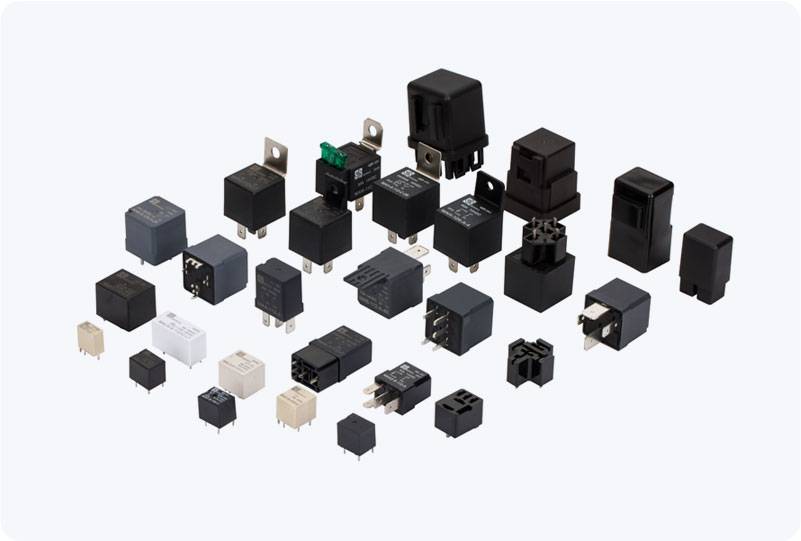When it comes to the electrical systems in cars, understanding the role of each component is crucial for troubleshooting and maintenance. Among the most important parts of an automotive electrical system are relays and fuses. These two components may seem similar at first glance because they both help manage and protect the vehicle’s electrical systems, but their functions are very different. In this article, we will explore what relays and fuses are, how they work, and the key differences between them.

What is a Relay? A relay in a car is an electrically operated switch that uses a small current to control a larger one. It essentially acts as a gatekeeper for high-powered components within the vehicle, allowing low-current control signals to manage high-current devices. This is vital because certain parts of a car, like the windows, lights, and air conditioning systems, require a significant amount of electrical power to operate, which would be inefficient and unsafe to directly control with low-power switches. Relays typically consist of a coil and a set of contacts. When the coil is energized by a small current (usually from the vehicle’s control circuit), it creates a magnetic field that moves the contacts to either open or close a circuit. By doing this, the relay allows a much higher current to flow to the electrical device. This helps reduce the wear and tear on control switches, and ensures that the vehicle’s electrical components receive the power they need to function.